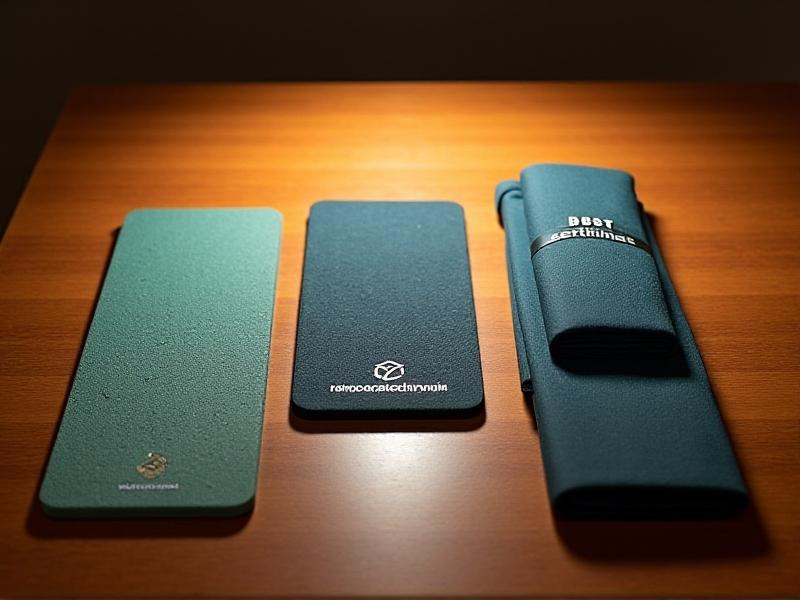Desk Surface Antimicrobial Coatings
Understanding Antimicrobial Coatings: What Are They?
Antimicrobial coatings are specialized surfaces treated with agents that inhibit the growth of microorganisms like bacteria, viruses, and fungi. These coatings are increasingly applied to high-touch surfaces such as desks, door handles, and countertops to reduce the spread of pathogens. Typically embedded with active ingredients like silver ions, copper, or organic compounds, these coatings disrupt microbial cell structures or interfere with their reproduction. The result is a cleaner, safer workspace, particularly in environments where hygiene is critical—hospitals, schools, and open-plan offices. As global awareness of infection control grows, these coatings are transitioning from niche solutions to mainstream necessities.

The Science Behind Microbial Resistance on Surfaces
Antimicrobial coatings leverage chemical or physical mechanisms to neutralize pathogens. Silver ions, for instance, penetrate bacterial cell walls, binding to DNA and enzymes to prevent replication. Copper surfaces generate reactive oxygen species that degrade viral envelopes. Organic compounds like quaternary ammonium salts disrupt lipid membranes, rendering microbes inactive. These interactions occur at a microscopic level, ensuring surfaces remain hostile to contamination without altering their appearance or texture. Research shows certain coatings can reduce microbial presence by up to 99.9%, though efficacy depends on factors like concentration, application method, and environmental wear. Understanding these mechanisms helps users select coatings tailored to specific pathogens and use cases.

Why Antimicrobial Desk Surfaces Are Revolutionizing Workspaces
Traditional cleaning methods only offer temporary protection, leaving surfaces vulnerable to recontamination between sanitization cycles. Antimicrobial coatings provide continuous defense, reducing reliance on chemical disinfectants and minimizing labor costs. In shared workspaces, where desks are used by multiple individuals daily, these coatings help curb cross-contamination—a key concern in flu season or pandemic scenarios. Companies report fewer sick days and enhanced employee confidence in workplace safety. Additionally, integrating these coatings into office design aligns with green building certifications by lowering chemical usage and promoting sustainable hygiene practices.

Beyond Desks: Expanding Applications in Daily Life
While desks are a primary application, antimicrobial coatings are transforming other high-touch surfaces. Hospitals use them on bed rails and surgical tools, schools on cafeteria tables and lockers, and public transit on handrails and touchscreens. Even consumer electronics like smartphones and keyboards now incorporate these coatings. This expansion reflects a shift toward preventative hygiene strategies, where surfaces themselves act as barriers against infection. As material science advances, expect to see coatings in textiles, packaging, and construction materials, embedding antimicrobial properties into everyday objects.

Silver vs. Copper vs. Organic: Choosing the Right Agent
Silver-based coatings are popular for their broad-spectrum efficacy and longevity, but they can be cost-prohibitive. Copper, a natural antimicrobial, is durable and effective against viruses but may develop a patina over time. Organic compounds like titanium dioxide are eco-friendly and activated by light, making them ideal for sunlit areas but less effective in low-light environments. Each agent has trade-offs in cost, durability, and application scope. For instance, copper suits high-traffic areas, while organics align with eco-conscious brands. Manufacturers often blend agents to balance strengths, creating hybrid solutions for diverse needs.
How Long Do Antimicrobial Coatings Last?
Durability varies by agent and application. Silver coatings can remain effective for years, while organic options may degrade within months. Surface wear, UV exposure, and cleaning frequency also impact longevity. For example, a desk subjected to daily abrasion might require reapplication every six months. Manufacturers often conduct accelerated wear tests to predict real-world performance. To extend lifespan, pair coatings with gentle cleaning protocols and avoid abrasive tools. Regular testing via swab kits can monitor microbial levels, ensuring consistent protection.
DIY Kits vs. Professional-Grade Solutions
DIY kits offer affordability and convenience, ideal for small businesses or home offices. These typically involve spray-on solutions cured under UV light. However, uneven application can create weak spots. Professional services use electrostatic sprayers or industrial-grade coatings for uniform coverage and higher durability. Hospitals and large enterprises often opt for professional applications to meet regulatory standards. Cost-benefit analyses should consider scale, risk level, and long-term maintenance when choosing between DIY and pro solutions.
Safety and Regulations: What You Need to Know
Regulatory bodies like the EPA and EU Biocidal Products Regulation govern antimicrobial coatings to ensure safety and efficacy. Some silver compounds face scrutiny over environmental persistence, while copper is generally recognized as safe. Users should verify certifications and Material Safety Data Sheets (MSDS) before purchasing. Proper ventilation during application and adherence to usage guidelines mitigate risks. Emerging regulations may soon standardize durability claims and environmental impact disclosures, enhancing transparency.
The Future of Self-Cleaning Surfaces
Innovations like photocatalytic coatings—activated by light to break down organic matter—and nanotech films that repel liquids and microbes are on the horizon. Researchers are also exploring stimuli-responsive materials that release antimicrobial agents only when pathogens are detected. These advancements promise smarter, more adaptive surfaces that reduce maintenance further. As IoT integrates with building materials, future desks might wirelessly alert facility managers when re-coating is needed, merging hygiene with digital infrastructure.
Budgeting for Antimicrobial Protection: A Practical Guide
Initial costs range from $2–$10 per square foot, depending on the agent and application method. Long-term savings include reduced disposable wipes, lower labor hours, and fewer illness-related productivity losses. Businesses should calculate ROI based on employee density and industry risk factors. Leasing models for professional coatings are emerging, offering monthly payments instead of upfront costs. Bulk purchasing and modular application (e.g., coating only high-touch areas) can further optimize budgets.








